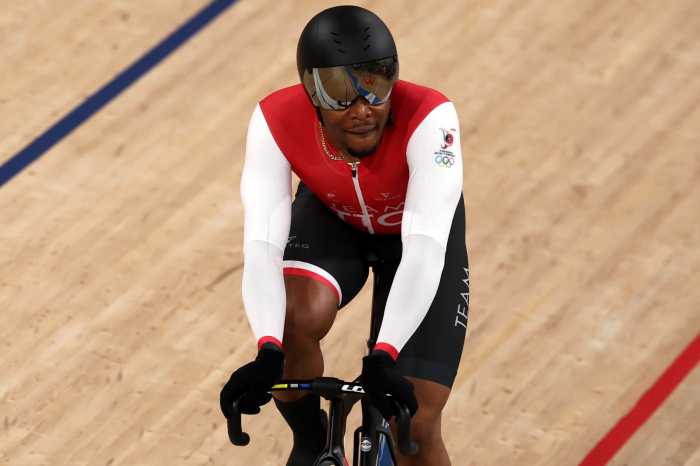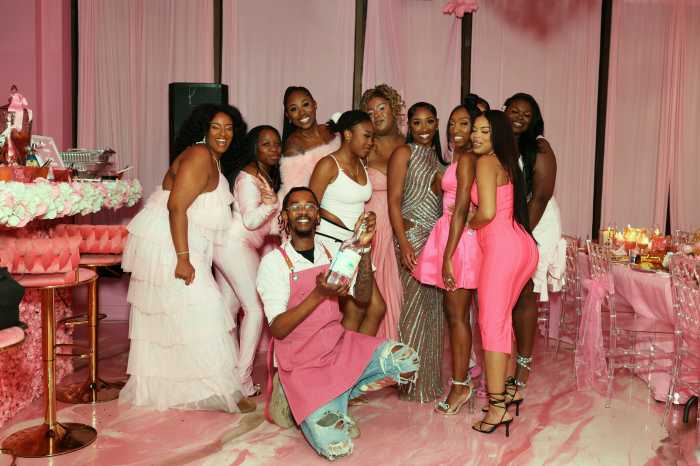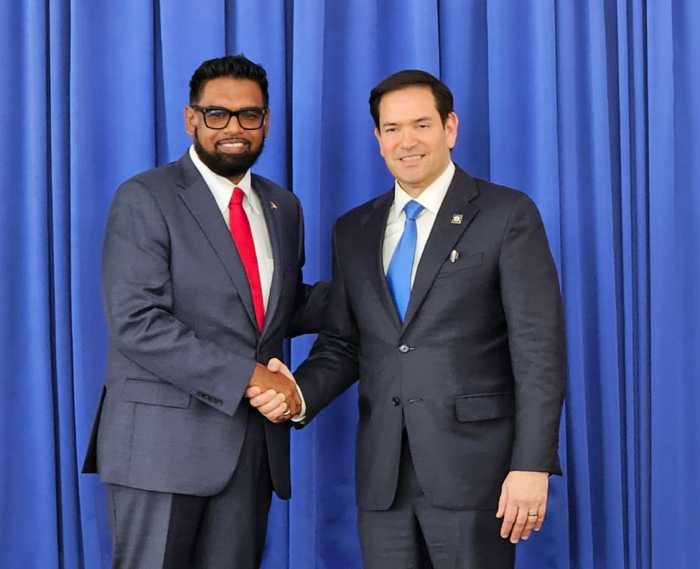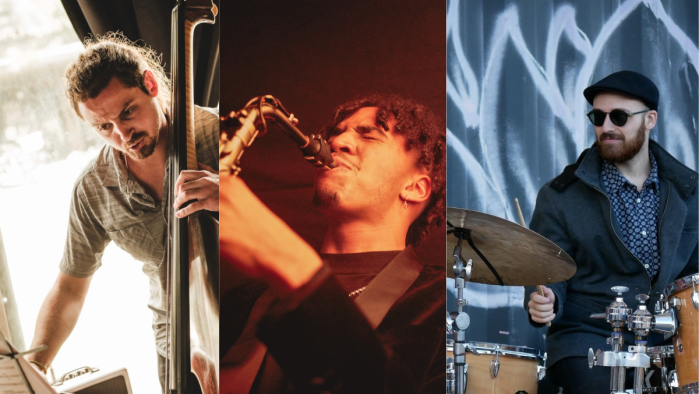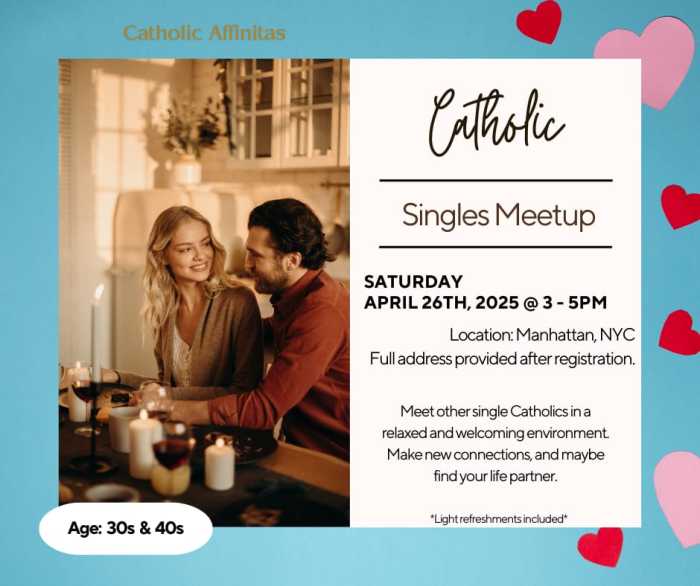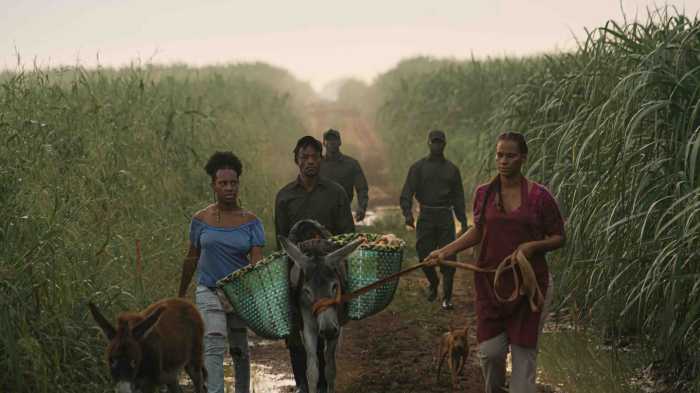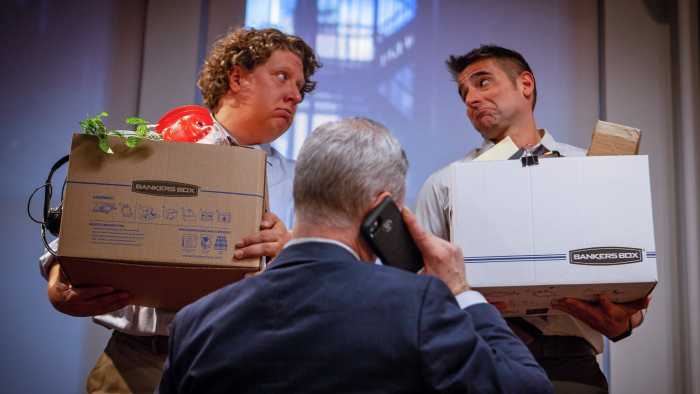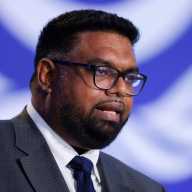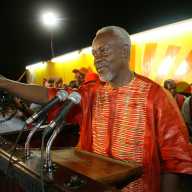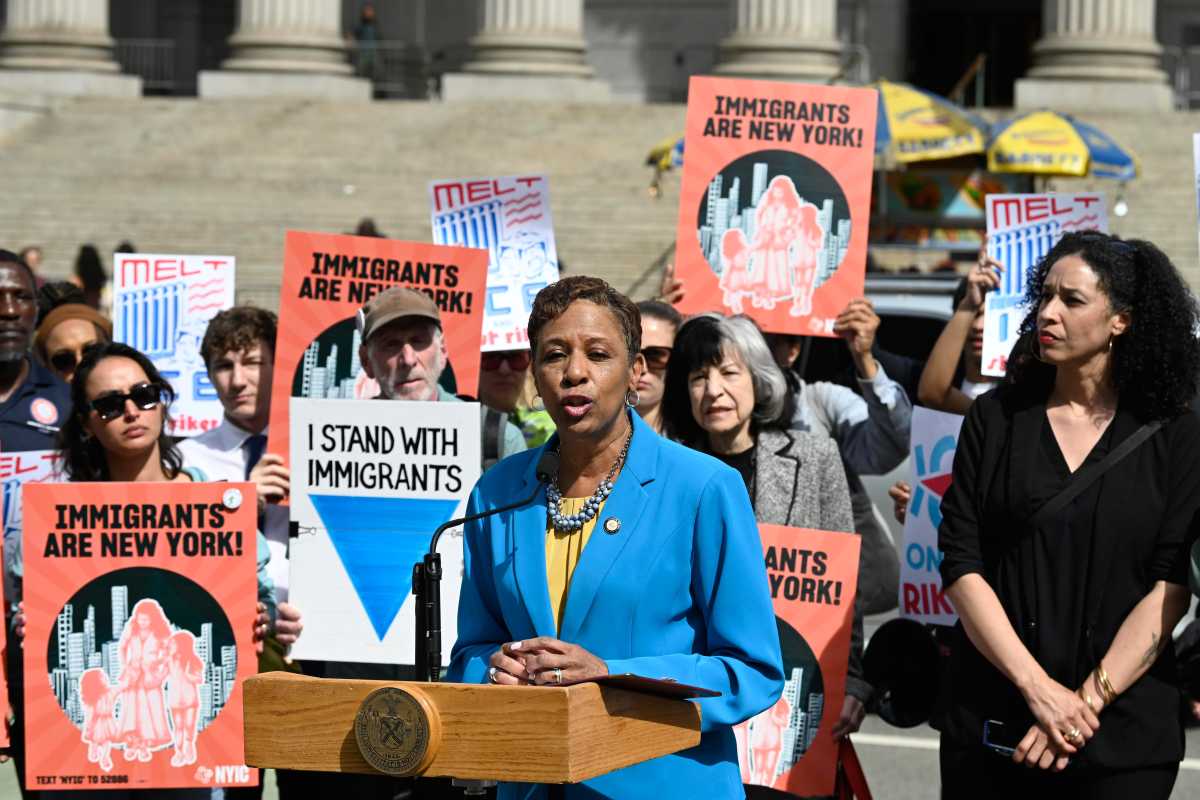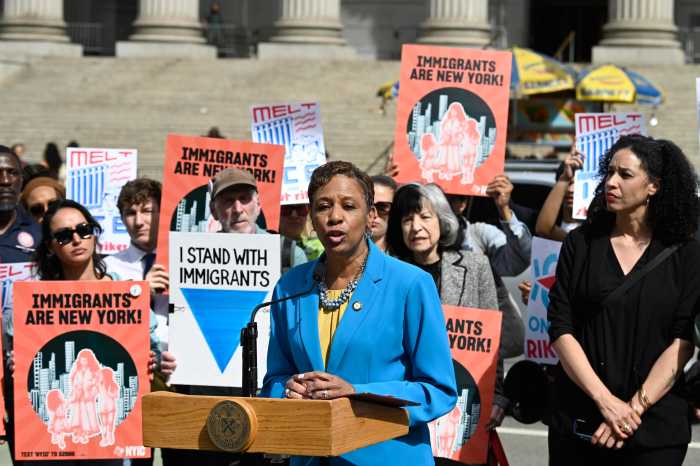Trinidad and Tobago celebrates its 50th anniversary of Independence on Aug. 31, 2012. Prior to Independence, the country was a British colony with the Queen of England as the Head of State.
At midnight on Aug. 30, 1962, the British flag (the Union Jack) was lowered and the red, white and black Trinidad and Tobago flag was raised for the first time.
Independence was marked by more than a week of festivities and events across the country. A number of international dignitaries were present for the auspicious occasion, including the Queen’s representative Her Royal Highness, the Princess Royal, who read a message from Queen Elizabeth 11, relinquishing her rule.
The event was the final stage in a long road to self-government. The governor’s executive power was now limited.
Political parties competed in an electoral process and a Chief Minister in which members of Cabinet and members of the Opposition were elected. A governor general was appointed, who selected an Executive Council from the party with the winning majority. The governor then acted on the advice of the Executive Council.
The return of Dr. Eric Williams from abroad, heralded a vibrant era of party politics since he was encouraged to form a political party. On Sept. 24, 1956, Dr. Williams party, the People’s National Movement (PNM), won 13 of the 24 seats on the Legislative Council.
In 1958, a Federation of the West Indies was formed; but when Jamaica withdrew in 1961, Trinidad and Tobago decided that it was time to receive full independence so that it could pursue its own governance. On Friday, Dec. 29, 1961 the House of Representatives and the Senate sat for the first time in the history of the Parliament of Trinidad and Tobago.
In 1962, independence talks took place between Trinidad and Tobago and Britain at Marlborough House in London, resulting in full independence on Aug, 31, 1962. Included in the talks was the leader of the opposition Democratic Labor Party, Dr. Rudranath Capildeo.
The PNM governed Trinidad and Tobago continuously from 1956 until the death of Dr. Williams in 1981.
Upon Independence on Aug. 31, 1962, Sir Solomon Hochoy was installed as the first governor general and the premier, Dr. Eric Williams, automatically became the prime minister. The British Monarch remained as the head of state and the Privy Council, the highest court of appeal.
Dr. Williams in his Independence Day message to the nation Aug. 31, 1962 called on citizens to protect democracy.
“Democracy means equality for all in education, in the public service and in private employment- I repeat, and in private employment.
“Democracy means the protection of the weak against the strong. Democracy means the obligation of the minority to recognize the right of the majority. Democracy means responsibility of the government to its citizens, the protection of the citizen from the exercise of arbitrary power and the violation of human and freedoms and individual rights of expression.
“Democracy means the freedom of worship for all and the subordination of the right of any race to the overriding right of the human race. Democracy means freedom of expression and assemble organization.”
In 1976, Trinidad and Tobago achieved its status as a republic, the president then assumed this role. Sir Ellis Clarke became the first president of the republic.
Today Independence Day is celebrated with a military-style parade at the Queen’s Park Savannah, Port of Spain and in Scarborough, Tobago. The parade is inspected by the head of state. The evening is usually marked by the presentation of National Awards in a ceremony held at President’s House, which were first presented in l969, honoring the outstanding achievements of citizens of Trinidad and Tobago in various fields.
On the death of Dr. Williams in l981, George Chambers became the next prime minister (1981-86). Chambers’ PNM party was defeated by the National Alliance for Reconstruction (NAR), an amalgamation of three small political parties led by ANR Robinson. The PNM lost 33-3 and for the first time the PNM was not in government. ANR Robinson became the prime minister in 1986. The following year Justice of the Appeal Court Noor Hassanali was sworn in as the country’s second president.
The NAR party was defeated by the PNM in 1991 and Patrick Manning, who was the new leader of the PNM was returned to power. Manning’s term did not last five years and he called a snap election. The results showed the Basdeo Panday’s PNM 17-UNC- 17 and the Tobago Democratic Congress led by Robinson (DAC) – 2. The UNC and the DAC entered into a coalition and formed the government.
In 1987, Robinson stepped down as Member of Parliament (Tobago East) and was elected the country’s third President in 2000. Panday was elected Prime Minister and called an election. The UNC won 19 seats and the PNM 16 in the 36-member Parliament. But internal fighting within the UNC led to the firing of Attorney General Ramesh Lawrence Maharaj and the resignation of three MPs.
Panday called an election in 2001 and the results were UNC 18-PNM 18. Robinson as president decided that Manning would be made prime minister.
Manning took over as prime minister for a second time but his administration could not govern. A few months later he called an election and in 2002, the PNM won 20-16. Manning was prime minister again.
In 2003, Robinson stepped down as president and Professor George Maxwell Richards, was elected the fourth president. His second term ends in March 2013.
In 2007, Manning called the election and the PNM won 26-15 in an expanded Parliament. But he called a snap election again in 2010. Panday was removed as political leader of the UNC and Kamla Persad-Bissessar was selected as political leader in the party’s internal election to fight the election.
Persad-Bissessar got together with four other small political parties and formed the People’s Partnership to contest the 2010 general election on May 24. She was leader of the coalition party and became the first female prime minister of Trinidad and Tobago.
There were some historic moments in Trinidad as the Black Power riots in l970, which led to the arrests of 15 Black Power leaders. The Black Power Movement had posed a serious challenge to the Williams government.
In 1990, 114 members of the Jamaat al Muslimeen, led by Yasin Abu Bakr, stormed the Red House (seat of Parliament) and Trinidad and Tobago television, the only television station in the country at the time.
The Jamaat members held the country’s government hostage in Parliament for six days before surrendering. Twenty-four people lost their lives in the attempted coup.
They were granted an amnesty by the acting president at the time, Emmanuel Carter. However, they were later charged with treason but were freed by the High Court on the grounds of the amnesty.
Trinidad and Tobago excelled in sport as Hasley Crawford won the country’s first gold medal in the l00 metres at the Montreal Olympics, Canada, in 1976, this was followed by cricketer Brian Lara breaking the world record (365) for batting in Antigua in 1994, which was held by Barbadian Sir Garfield Sobers. The record was broken by Australian Mathew Hayden and Lara came back to retain his title in 2004 against England at the same Antigua Recreation Ground venue.
Lara is the only batsman to have ever scored a century, a double century, triple, quadruple, quintuple (501) in England in First Class cricket during his cricketing career. He had other major achievements in cricket.
In culture, Sparrow (Dr. Slinger Franciso) was dubbed the Calypso King of the World, while The Lord Kitchener (Aldwyn Roberts) was hailed as the Road March King.
In beauty culture, Trinidad and Tobago won the Miss Universe title twice with Janelle “Penny” Commissiong in 1977 and Wendy Fitzwilliams, 1998 and T&T also captured the Miss World tile with Giselle La Ronde in 1986.
Trinidad and Tobago is known for Carnival and is the birth place of the steel pan, calypso, soca, chutney and limbo.



